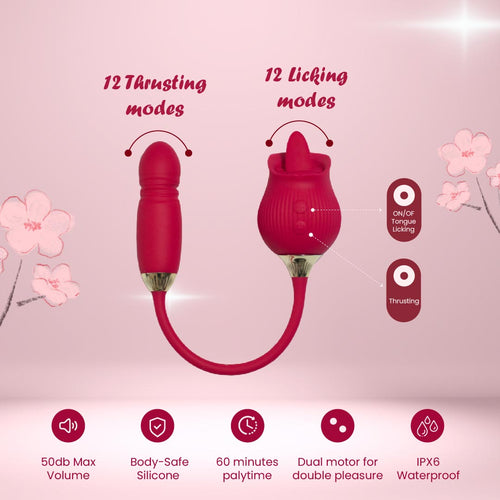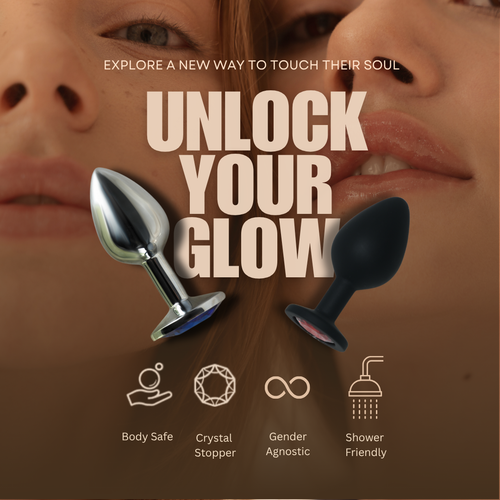
Fetish vs Preference: What's the Line?
Fetish vs Preference: Understanding the Spectrum of Sexual Desires
Introduction
When it comes to human sexuality, the terms "fetish" and "preference" are often used interchangeably, but they represent different aspects of our sexual desires. Understanding the distinction between fetishes and preferences is crucial for exploring our own sexuality and maintaining healthy relationships. In this article, we'll delve into the world of fetishes and preferences, examining their definitions, origins, and impacts on our lives.
Defining Fetishes and Preferences
What is a Fetish?
A fetish is a strong sexual interest in a specific object, body part, or action that is not typically considered sexual. For some individuals, the presence of the fetish object or activity is necessary for sexual arousal or satisfaction. Fetishes can range from mild interests to intense fixations that may interfere with daily life or relationships.
What is a Sexual Preference?
A sexual preference, on the other hand, refers to a broader set of likes and dislikes in sexual experiences. These can include preferences for certain physical attributes, sexual positions, or romantic scenarios. Unlike fetishes, preferences are generally more flexible and don't necessarily require the specific element to achieve sexual satisfaction.
The Psychology Behind Fetishes
Understanding the origins of fetishes can help shed light on why some people develop them while others don't. Several theories attempt to explain the formation of fetishes:
- Classical Conditioning: This theory suggests that fetishes develop through associating an object or situation with sexual arousal or pleasure.
- Imprinting: Some researchers believe that early childhood experiences can lead to the development of fetishes later in life.
- Trauma Response: In some cases, fetishes may develop as a coping mechanism for past traumatic experiences.
- Biological Factors: Some studies suggest that brain chemistry and hormonal imbalances may play a role in the development of fetishes.
It's important to note that having a fetish is not inherently harmful or abnormal. Many people with fetishes lead healthy, fulfilling lives and relationships.
Common Types of Fetishes
While fetishes can be incredibly diverse, some are more common than others. Here are a few examples:
- Body Part Fetishes: Focusing on specific body parts like feet, hands, or ears.
- Object Fetishes: Sexual attraction to items like shoes, leather, or specific types of clothing.
- Situational Fetishes: Arousal from specific scenarios or role-playing.
- BDSM: Bondage, discipline, dominance, submission, sadism, and masochism.
- Voyeurism and Exhibitionism: Deriving pleasure from watching others or being watched during sexual activities.
Ecstasia offers a range of products that can help individuals explore their fetishes and preferences safely and consensually. Their collection of sex toys for women includes items that cater to various interests and desires.
Sexual Preferences: A Broader Perspective
Sexual preferences encompass a wide range of likes and dislikes that contribute to an individual's overall sexual experience. These can include:
- Physical attributes (height, body type, hair color)
- Personality traits
- Sexual positions and techniques
- Romantic scenarios and settings
- Gender and sexual orientation
Unlike fetishes, preferences are often more fluid and can change over time as a person grows and experiences new things.
The Thin Line Between Fetishes and Preferences
Distinguishing between fetishes and preferences isn't always straightforward. The line between the two can be blurry, and what starts as a preference may develop into a fetish over time. Here are some key differences:
- Intensity: Fetishes tend to be more intense and specific, while preferences are generally more flexible.
- Necessity: A fetish may be necessary for sexual arousal or satisfaction, whereas preferences enhance the experience but aren't essential.
- Focus: Fetishes often center on non-sexual objects or body parts, while preferences typically involve more conventional sexual elements.
- Impact on Daily Life: Intense fetishes may affect a person's daily life or relationships more significantly than preferences.
Impact on Relationships
Both fetishes and preferences can have significant impacts on relationships, both positive and negative:
Positive Impacts:
- Enhanced sexual satisfaction when partners share similar interests
- Improved communication and trust through open discussions about desires
- Opportunities for exploration and growth within the relationship
Potential Challenges:
- Mismatched desires or comfort levels between partners
- Feelings of shame or inadequacy if one partner doesn't understand or share the other's fetish
- Difficulty maintaining a satisfying sex life if fetishes are incompatible
Open communication and mutual respect are crucial for navigating these potential impacts in a relationship.
Exploring Fetishes and Preferences Safely
For those interested in exploring their fetishes or preferences, safety should always be a top priority. Here are some guidelines:
- Consent: Always ensure that all parties involved are consenting adults.
- Communication: Discuss boundaries, safe words, and expectations before engaging in any new activities.
- Education: Learn about proper techniques and safety precautions, especially for more intense activities.
- Start Slow: Gradually introduce new elements into your sexual repertoire to ensure comfort and enjoyment.
- Use Appropriate Tools: Invest in high-quality, body-safe products designed for sexual use. Ecstasia's collection offers a variety of options for safe exploration.
- Regular Check-ins: Continuously communicate with your partner(s) about comfort levels and experiences.
Societal Attitudes and Stigma
Despite increased awareness and acceptance of diverse sexual practices, fetishes and certain preferences still face stigma in many societies. This stigma can lead to:
- Feelings of shame or guilt
- Difficulty seeking help or information
- Discrimination or judgment from others
- Challenges in forming and maintaining relationships
It's important to remember that consensual sexual practices between adults are a normal part of human sexuality, regardless of whether they involve fetishes or specific preferences.
Seeking Professional Help
While many fetishes and preferences are harmless, some individuals may benefit from professional help if their sexual interests:
- Cause significant distress or anxiety
- Interfere with daily life or relationships
- Involve non-consensual activities or illegal practices
- Stem from traumatic experiences
Sex therapists, psychologists, and counselors specializing in sexual health can provide support and guidance for individuals struggling with their fetishes or preferences.
Conclusion
The world of human sexuality is vast and diverse, with fetishes and preferences playing significant roles in our sexual experiences. Understanding the difference between fetishes and preferences, as well as their potential impacts on our lives and relationships, is crucial for maintaining healthy sexual attitudes and practices.
Whether you're exploring your own desires or trying to understand a partner's, approach the topic with an open mind, prioritize communication and consent, and remember that diversity in sexual interests is a normal part of human experience. If you're interested in exploring your preferences or fetishes safely, consider browsing Ecstasia's collection of sex toys for women for high-quality products designed to enhance your sexual experiences.
Ultimately, the line between fetish and preference is personal and can vary from one individual to another. By fostering open communication, practicing safe exploration, and seeking professional help when needed, we can create a more accepting and fulfilling sexual landscape for everyone.












